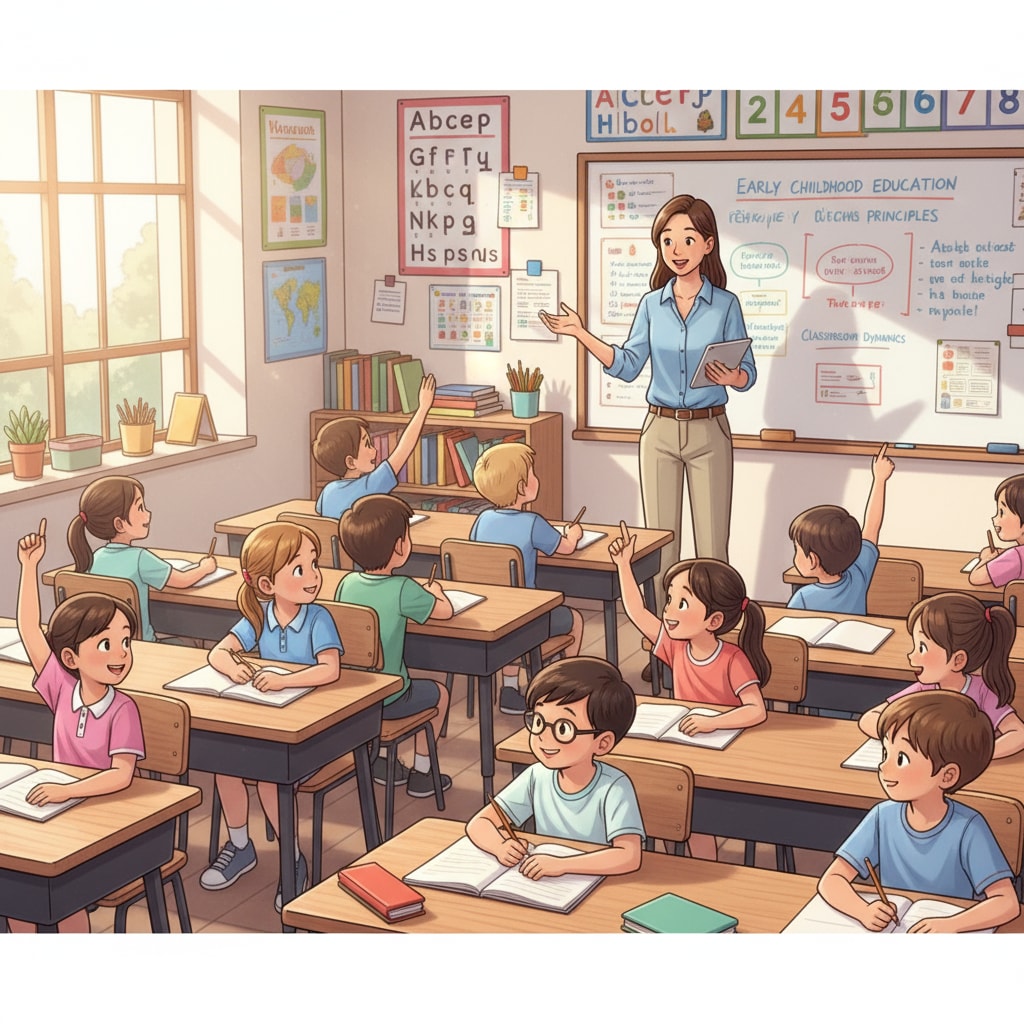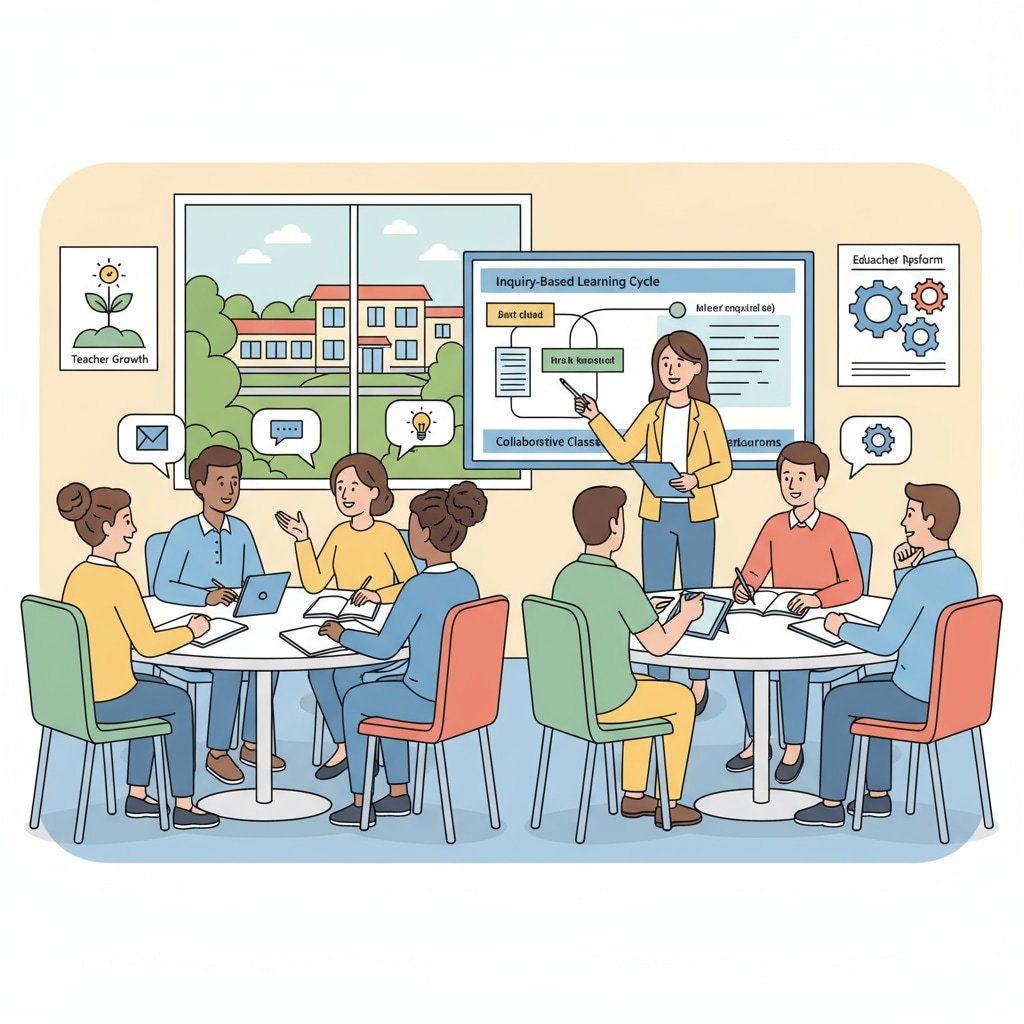Educational profession, system reform, and teacher development are intertwined aspects that hold the key to a brighter future for education. For young teachers with a passion for making a difference, the journey from the classroom to becoming agents of educational system reform can be both fulfilling and challenging. Take Sarah, for example, an idealistic young teacher who dreams of revolutionizing the education system to be more inclusive and effective. How can she, and others like her, navigate this path?

Building a Strong Foundation in the Classroom
Before venturing into broader educational reform, it’s crucial for young teachers to gain solid experience in the classroom. This is the ground zero where they can understand the real needs of students, the challenges of teaching, and the dynamics of the learning environment. As stated on Teach.org’s resource page on the importance of teaching, hands-on teaching experience provides invaluable insights. Teachers can experiment with different teaching methods, observe student responses, and build relationships with their pupils. For instance, Sarah can start by implementing small group activities in her class to encourage collaboration and critical thinking. This not only enhances student learning but also gives her a chance to see how different teaching strategies impact the classroom atmosphere and academic performance.
Engaging in Professional Development
In addition to classroom experience, continuous professional development is essential for teachers aiming to contribute to educational reform. This involves attending workshops, conferences, and pursuing advanced degrees. Professional development opportunities expose teachers to the latest educational research, innovative teaching techniques, and emerging trends. As per the National Education Association’s professional development page, these experiences can broaden a teacher’s perspective. For example, Sarah could attend a conference on inclusive education, where she can learn about strategies to support students with diverse learning needs. This knowledge can then be applied in her classroom and potentially influence broader educational policies.

Another important step is to join professional teaching networks and communities. These platforms allow teachers to connect with peers, share ideas, and collaborate on projects. By engaging in discussions with other educators, Sarah can gain different viewpoints on educational issues and discover new ways to approach teaching and learning. This collaborative environment can also serve as a springboard for initiating local educational improvement initiatives.
Readability guidance: By following these steps, young teachers like Sarah can gradually move from the classroom to playing a more active role in educational system reform. Starting with building a strong teaching foundation, then engaging in continuous professional development, they can be better equipped to bring about positive change in the education system.


